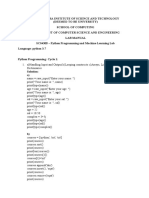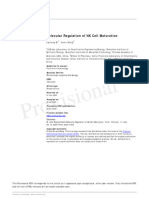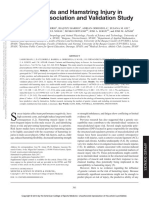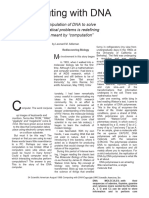0% found this document useful (0 votes)
14 views7 pagesData Science
The document contains several Python functions addressing various problems, including counting unique identical strings, finding the maximum repeating sequence, determining the longest alternating subsequence, and calculating maximum subarray cost. It also includes functions for analyzing sales data, such as revenue generation, sales percentages, and identifying unsold products in cities. Additionally, a simple Flask web application is provided for collecting user feedback.
Uploaded by
shdh78253Copyright
© © All Rights Reserved
We take content rights seriously. If you suspect this is your content, claim it here.
Available Formats
Download as PDF, TXT or read online on Scribd
0% found this document useful (0 votes)
14 views7 pagesData Science
The document contains several Python functions addressing various problems, including counting unique identical strings, finding the maximum repeating sequence, determining the longest alternating subsequence, and calculating maximum subarray cost. It also includes functions for analyzing sales data, such as revenue generation, sales percentages, and identifying unsold products in cities. Additionally, a simple Flask web application is provided for collecting user feedback.
Uploaded by
shdh78253Copyright
© © All Rights Reserved
We take content rights seriously. If you suspect this is your content, claim it here.
Available Formats
Download as PDF, TXT or read online on Scribd
/ 7
























































































